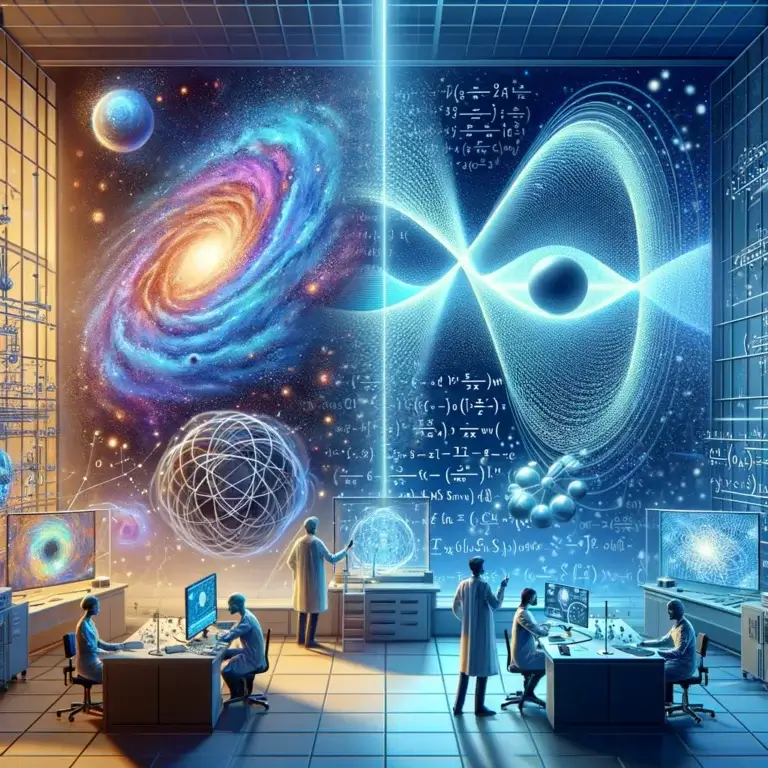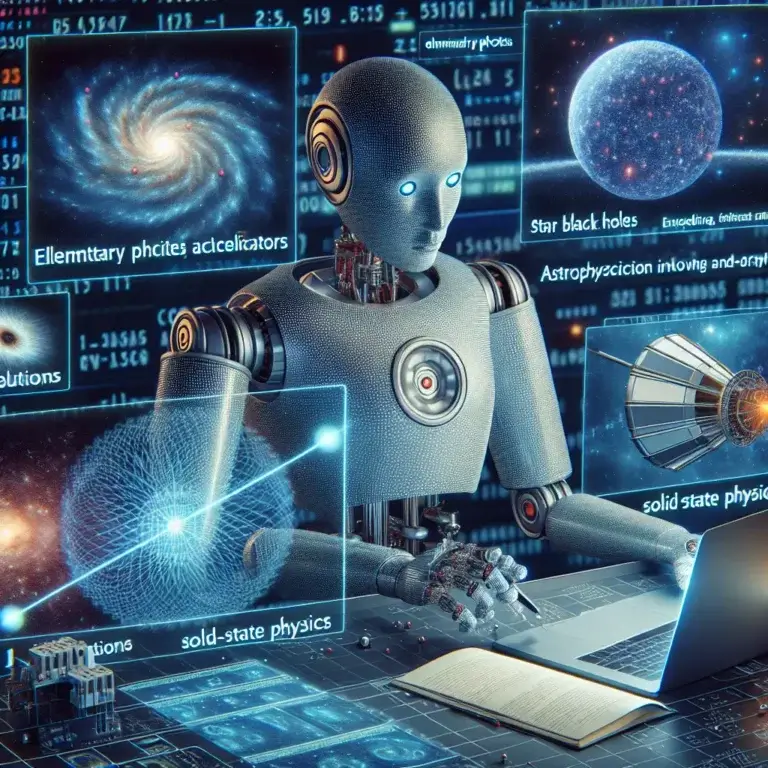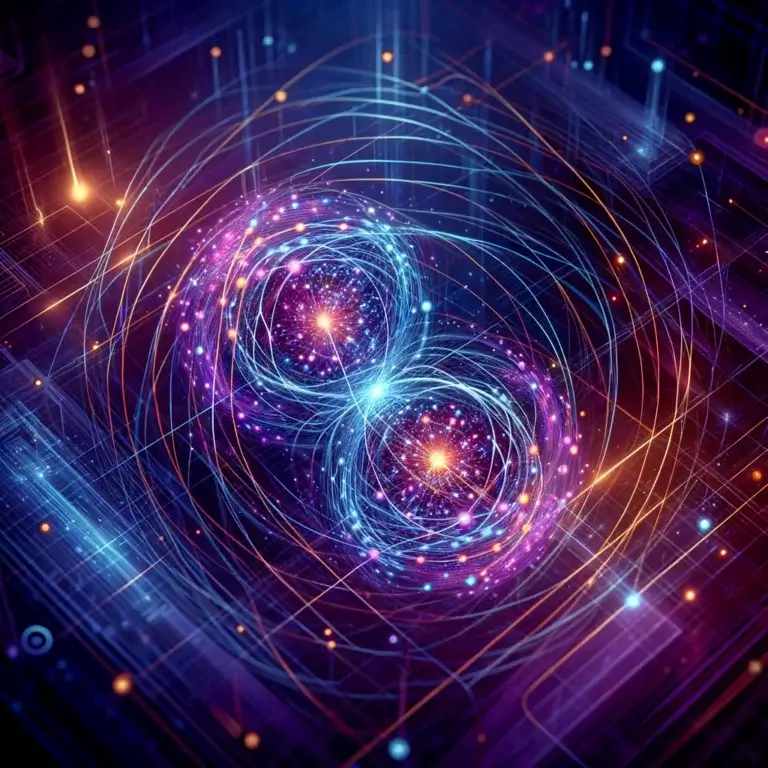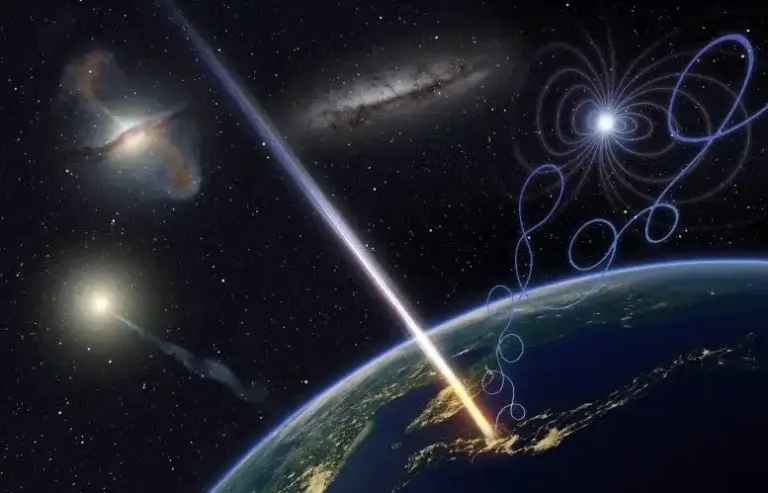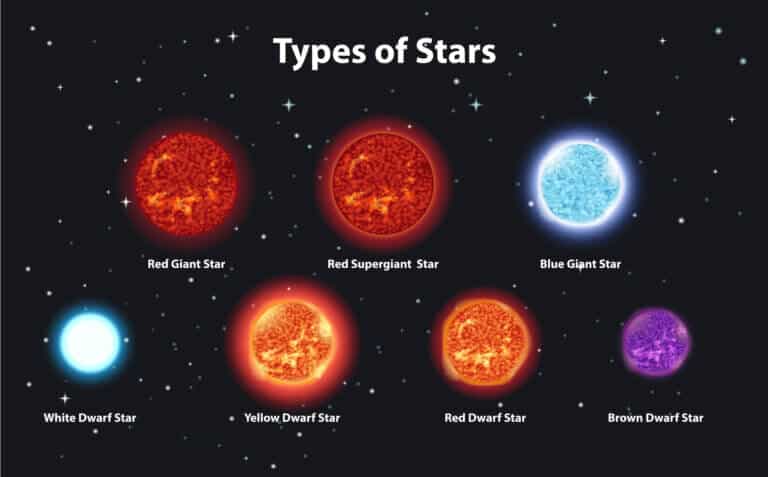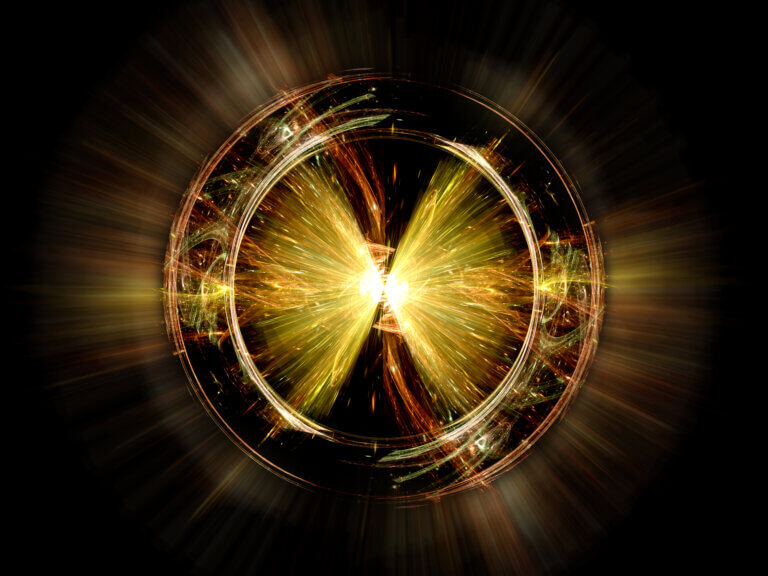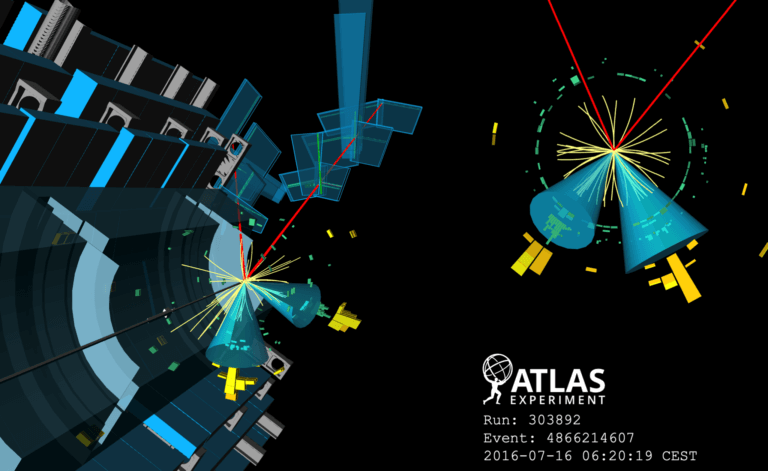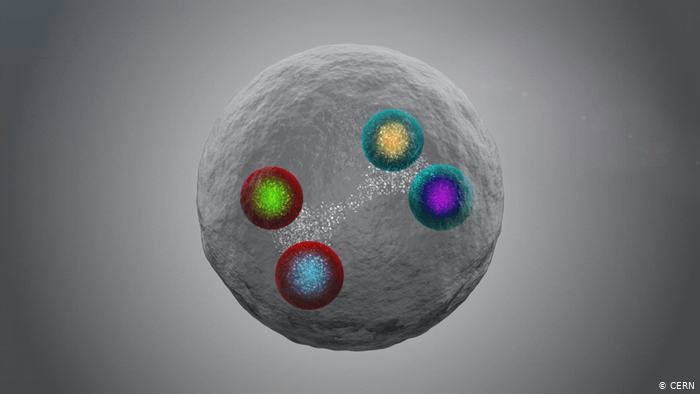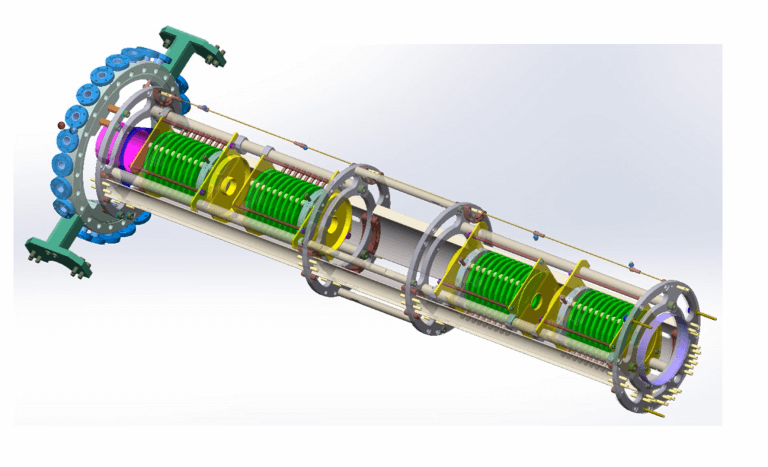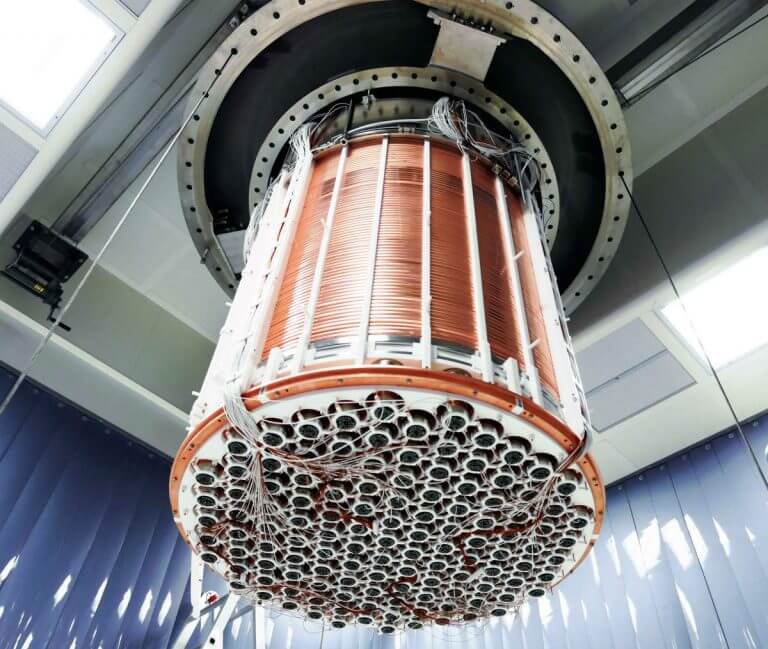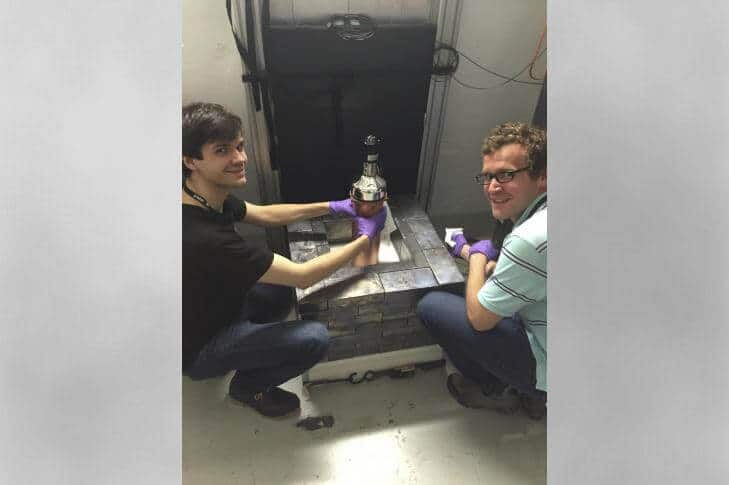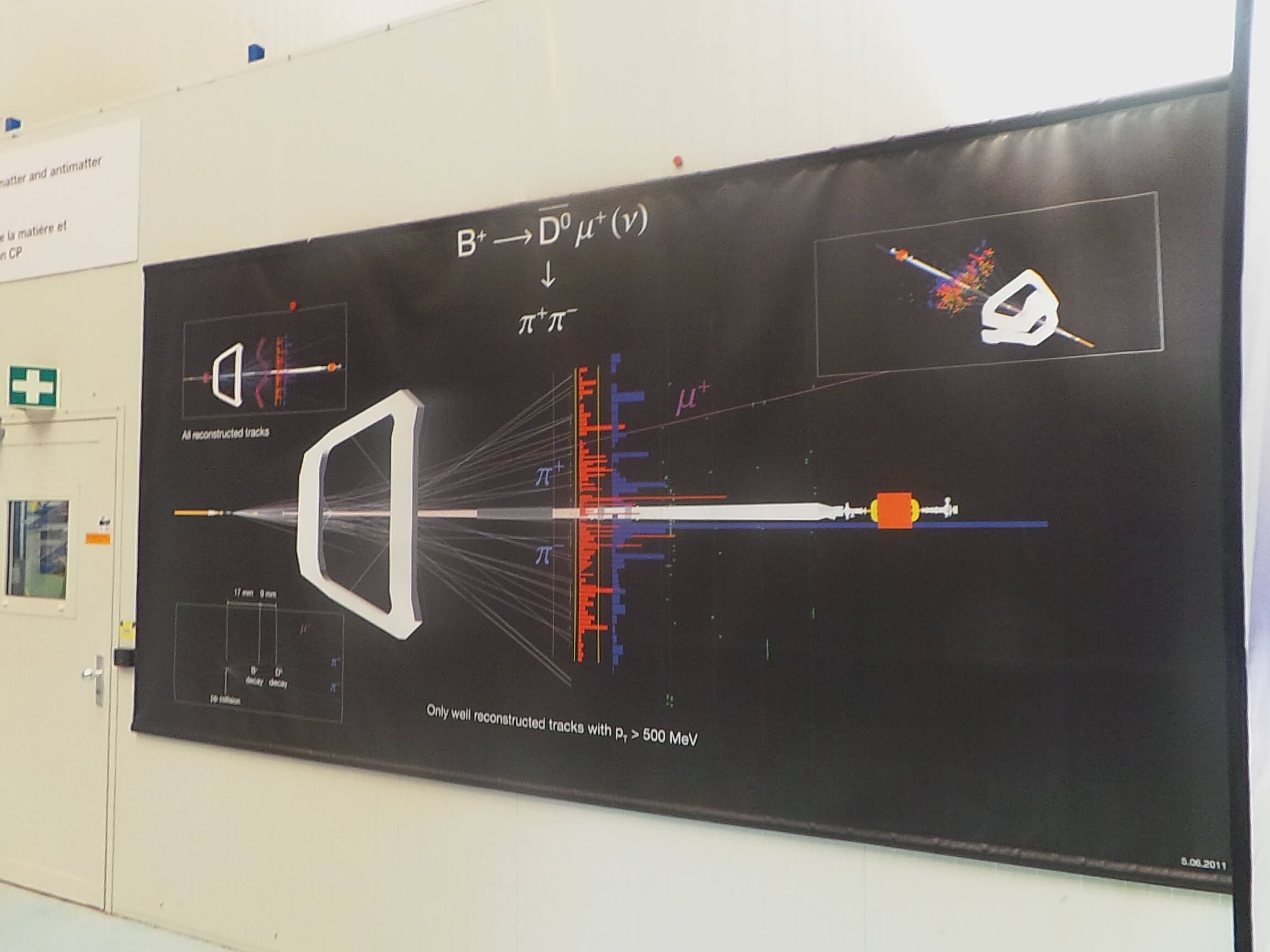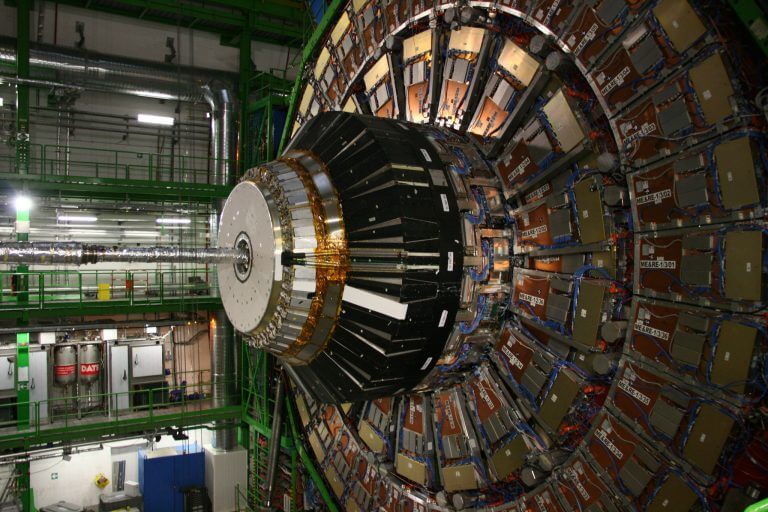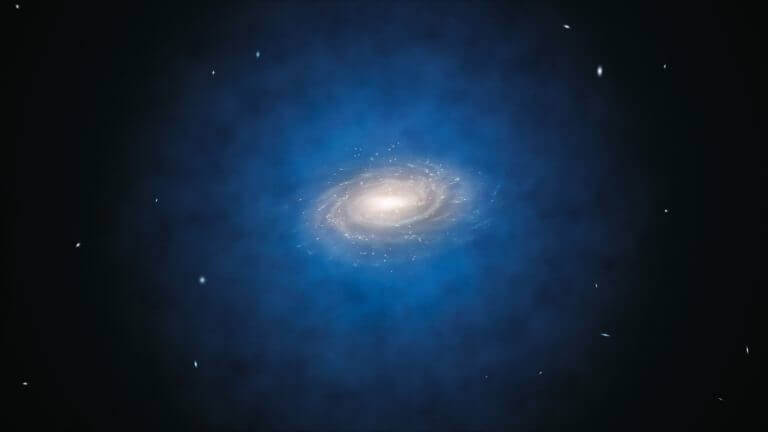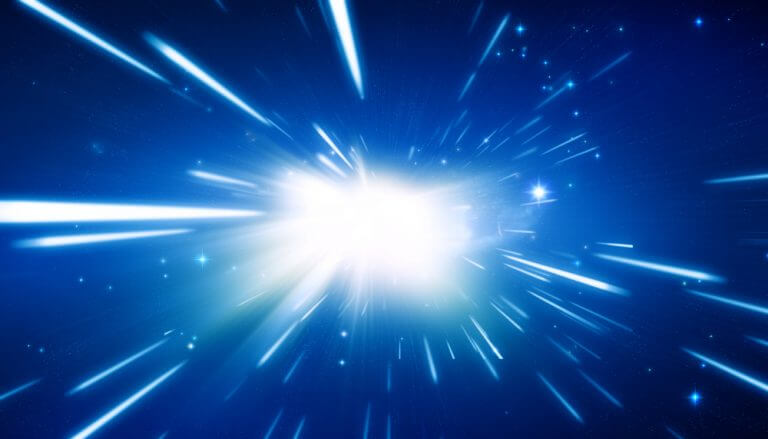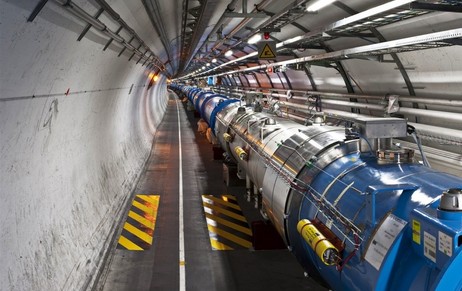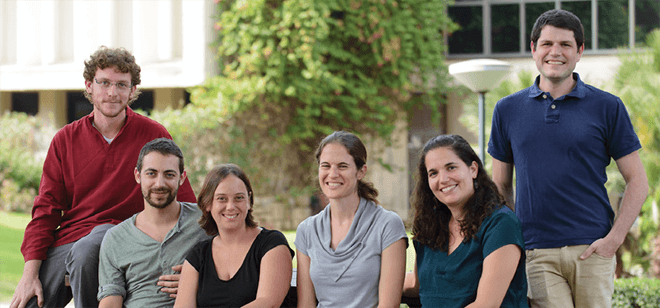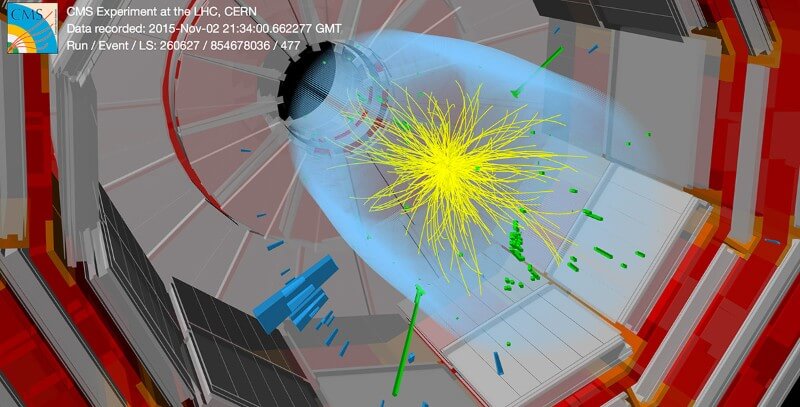Hayadan > particle physics
particle physics
- Avi Blizovsky
- March 25, 2024
- 3 תגובות
A research partnership between theoretical physicists and computational physicists at the University of Virginia that may offer new insight into the possibility of a theory of everything or, at the very least, a better understanding of gravity, one of the fundamental forces of the universe
- Avi Blizovsky
- March 16, 2024
- No comments
The facility, named JUNO, consists of a huge tank that surrounds an array of detectors. The container contains a substance that causes a scintillation which is recorded in the detectors and thus allows to identify a neutrino event, its type and mass, since the neutrino particles change into different types upon their formation
- Avi Blizovsky
- March 14, 2024
- 8 תגובות
Researchers in Germany have developed an artificial intelligence capable of postulating physical theories by identifying patterns in complex data sets and after being fed all known physics
- Noam Chai
- February 24, 2024
- 3 תגובות
The non-Abelian anions are quasi-particles with fascinating statistical and topological properties. Until recently, these particles were only theoretical, but now a research group from Harvard University has created them for the first time in the laboratory. The discovery may encourage companies in the field of quantum computing to use non-Abelian anions to create durable qubits.
- Avi Blizovsky
- December 30, 2023
- 10 תגובות
A new theoretical analysis puts the probability that massive neutron stars harbor non-configurational quark nuclei between 80 and 90 percent. The result was achieved through massive computer runs using Bayesian statistical inference.
- Avi Blizovsky
- November 26, 2023
- 9 תגובות
The cosmic ray detector that includes 507 ground scintillator stations, covering an extensive detection area of 700 square kilometers in Utah, USA. On May 27, 2023, scientists discovered a particle with an enormous energy level of 244 EeV.
- Ben-Gurion University
- September 30, 2023
- 3 תגובות
"This is the first measurement ever made of the free fall of antimatter (antihydrogen) atoms that directly shows that they really fall down," explained Prof. Eli Sharid from the Physics Department at Ben-Gurion University of the Negev, the member of the ALPHA collaboration group
- Weizmann Institute
- August 16, 2023
The brown dwarf is part of a new pair system that may advance our understanding of the evolution of stars and planets under extreme radiation conditions
- The Voice of Science website - the Israel National Science Foundation
- May 16, 2023
Prof. Yael Shadami from the Faculty of Physics at the Technion focuses on the study of elementary particles including electrons, quarks, photons and gluons, and the interactions, or forces, that act between them. It tries to discover more elementary particles and interactions, beyond those described in the "standard model" of particle physics
- Tel Aviv University
- July 22, 2021
- One response
Researchers from Tel Aviv University were able to describe for the first time a rare physical process that begins with the Higgs boson - the "divine particle" that was first observed about a decade ago - and eventually decays into a pair of rare elementary particles * New observations from the Sarn particle accelerator in Switzerland helped researchers understand the process more clearly
- Science site The Conversation
- July 12, 2020
- 356 תגובות
- Noam Chai
- December 7, 2019
- One response
- Weizmann Institute
- May 6, 2019
- 48 תגובות
- Dr. Moshe Nahamani
- January 10, 2019
- 2 תגובות
- Avi Blizovsky
- August 27, 2017
- 4 תגובות
- Ben-Gurion University
- June 6, 2017
- 4 תגובות
- Scientific American Israel
- March 18, 2017
- 64 תגובות
- Scientific American Israel
- October 1, 2016
- 14 תגובות
- Avi Blizovsky
- August 23, 2016
- 12 תגובות
- Daniel Aloni, Weizmann Institute, Davidson Institute
- August 12, 2016
- 260 תגובות
- Weizmann Institute
- December 25, 2015
- 25 תגובות
- Prof. Elam Gross
- December 21, 2015
- 9 תגובות
- Avi Blizovsky
- December 16, 2015
- 6 תגובות

